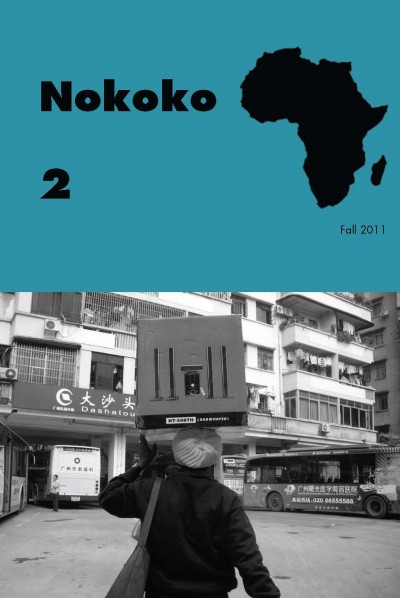Mixed “Race” in Southeast Asia?: Racial Theories in Competing Empires (Sawyer Seminar V)Posted in Asian Diaspora, History, Literary/Artistic Criticism, Live Events, Media Archive, United States on 2013-08-27 21:01Z by Steven |
Mixed “Race” in Southeast Asia?: Racial Theories in Competing Empires (Sawyer Seminar V)
University of Southern California
Dana and David Dornsife College of Letters, Arts and Sciences
Center for Japanese Religions and Culture
University Park Campus
Doheny Memorial Library (DML), East Asian Seminar Room (110C)
2013-10-12, 10:00-16:00 PDT (Local Time)
USC Conference Convenors:
Duncan Williams, Associate Professor of Religion
University of Southern California
Brian C. Bernards, Assistant Professor of East Asian Languages and Cultures
University of Southern California
Velina Hasu Houston, Associate Dean for Faculty Recognition and Development, Director of Dramatic Writing and Professor
University of Southern California
PRESENTERS – MORNING SESSION
“Construction Process of the ‘Japanese Filipino Children’ Category and Beyond: What It Means to be Born from a Japanese-Filipino Couple in Japan”
Frédéric Roustan, JSPS Post-doc and Tokyo University of Science, Lecturer
Hitotsubashi University
“Fraternization Revisited: Post-War Legacies of Japanese-Dutch Unions”
Eveline Buchheim, Researcher
Netherlands Institute for War, Holocaust and Genocide Studies (NIOD)
Respondent: Duncan Williams, USC
PRESENTERS – AFTERNOON SESSION
“The Making of Race in Colonial Malaya”
Charles Hirschman, Professor of Sociology
University of Washington
“African, Métis, Eurasian, or French? Afro-Asian Children in the French-Indochina War and Beyond, 1946-1960”
Christina Firpo, Assistant Professor of History
California Polytechnic State University, San Luis Obispo
Respondent: Brian Bernards, USC
Presented by the Center for Japanese Religions and Culture’s “Critical Mixed-Race Studies: A Transpacific Approach” Andrew W. Mellon Foundation John E. Sawyer Seminars Series at the University of Southern California.
For more information, click here.


